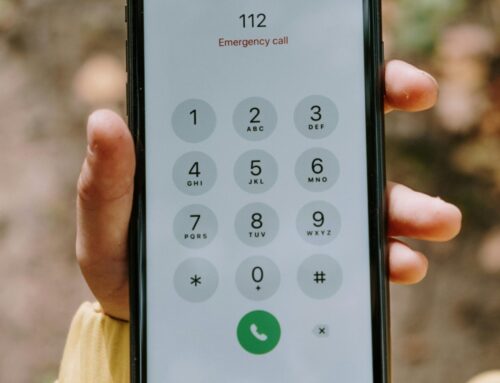
Clear and effective communication is key to building trust and fostering engagement among schools, parents, and the broader community.
Yet, despite their best efforts, many schools face recurring challenges in reaching their communities promptly and effectively. Fortunately, advances in communication technology can help streamline the process, ensuring everyone stays informed and connected. Here, we explore five common communication challenges schools face today — and how technology can help solve them.
Challenge One: Reaching Non-English-Speaking Families
As schools become increasingly diverse, many parents may not speak English as their first language. Language barriers can lead to confusion and misunderstanding, preventing these families from fully participating in their children’s education. Traditional communication methods like paper flyers or email often lack the flexibility to accommodate different languages, which can leave some families feeling excluded.
How Technology Can Help: Modern communication software often includes multilingual support, allowing schools to send messages in various languages. With built-in translation features, schools can ensure that all families receive information in their preferred language. Automated tools can translate messages instantly, while some advanced systems even offer language detection, adapting to the family’s language setting without any extra steps from staff.
Challenge Two: Reaching Families Quickly During Emergencies
In emergency situations, timely communication is vital to ensure the safety of students and staff. However, traditional methods such as phone trees or email chains are often too slow and unreliable in urgent scenarios. Schools need a way to reach families in real time with critical updates.
How Technology Can Help: Emergency notification systems built into school communication platforms allow for instant alerts via SMS, voice calls, emails, and even social media. These alerts reach parents quickly, and some platforms let schools choose priority levels to communicate urgency. With real-time updates, schools can ensure that families receive critical information as soon as possible, helping maintain trust and keeping everyone informed in high-stress situations.
Challenge Three: Engaging Busy, Hard-to-Reach Parents
Many parents juggle demanding schedules, making it difficult for them to keep up with school updates. Important messages often get overlooked in crowded email inboxes, and relying on paper handouts can be hit-or-miss. Schools need a more effective way to reach parents in ways that suit their busy lives.
How Technology Can Help: Mobile-friendly communication platforms allow parents to receive alerts and updates directly on their smartphones. By using push notifications, schools can reach parents instantly without getting buried in email inboxes. Some systems also allow for scheduling messages to go out at optimal times, ensuring higher engagement rates. Additionally, centralizing information on a mobile app or online portal provides a one-stop-shop where parents can easily access announcements, grades, events, and more at their convenience.
Challenge Four: Balancing Personalized and Mass Communication
Schools often struggle to find the right balance between personal communication and mass messaging. While broad announcements are necessary for reaching everyone, some messages — such as individual student updates — require a more personalized approach. Without the right tools, managing both types of communication can be time-consuming and may result in inconsistencies.
How Technology Can Help: Advanced communication software allows schools to segment their audiences and send customized messages. For instance, teachers can quickly send personalized updates to parents about individual student performance, while administrators can send campus-wide alerts for events or important news. With segmentation, communication software enables schools to deliver tailored, relevant messages, ensuring that every parent receives the information they need without feeling overwhelmed.
Challenge Five: Keeping Communication Organized and Accessible
Schools frequently share information on a variety of platforms, from social media and emails to printed newsletters. This fragmentation can make it hard for parents to keep track of everything, leading to missed events, deadlines, or policy updates.
How Technology Can Help: Centralized communication platforms consolidate all channels into one cohesive system, where parents can access all updates and information in one place. By providing a single portal or app, schools can make it easy for families to find everything from the latest announcements to their child’s academic progress. This approach also allows schools to monitor engagement, so they can better understand what information parents are accessing and adjust their strategies accordingly.
Final Thoughts
While communication in schools has always presented challenges, technology provides solutions that make it easier than ever to reach every family effectively. By investing in comprehensive, user-friendly communication platforms, schools can address language barriers, improve emergency responses, engage busy parents, personalize messaging, and centralize communication. These tools foster a stronger sense of community and support for students, families, and educators alike.
Effective communication is a cornerstone of any thriving school community. By embracing technology, schools can overcome these common communication challenges, ensuring that parents stay informed, engaged, and connected every step of the way.
Reach out to learn more about BrightArrow’s Communication Platform here: Sales@BrightArrow.com.



